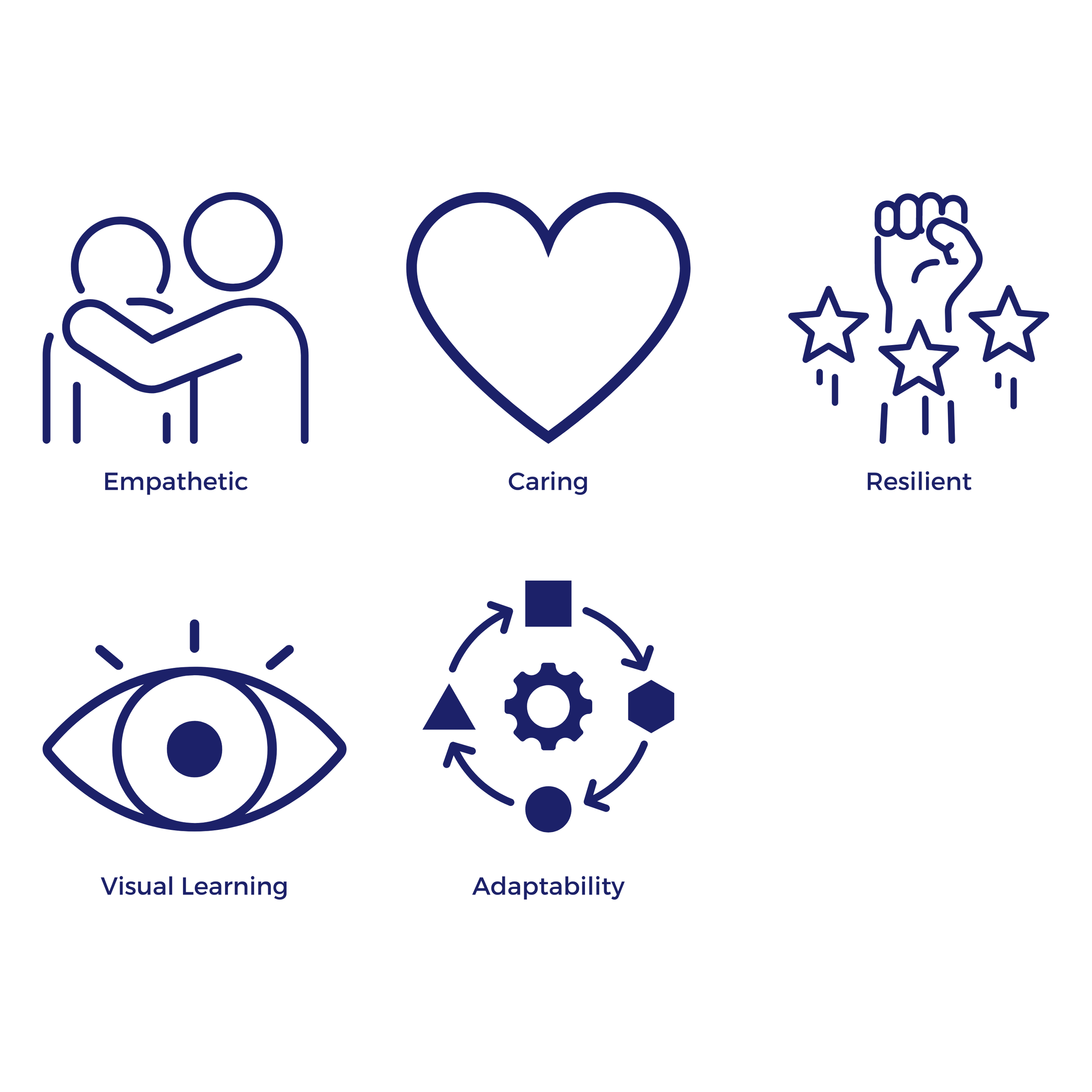Developmental Language Disorder (DLD)
What is DLD?
Developmental Language Disorder (DLD) is a neurodifference that affects the learning, expression, and comprehension of spoken and written language in people of all ages.
DLD is a long-term condition that can affect learning and achievement at school and beyond, and which affects around 7-8% of children.
Common Traits of DLD
Every child is different and will have a unique experience of DLD. Traits can also change over time, particularly as children need to develop more complex communication skills, however some traits of DLD include:
Talking less than other children and finding it challenging to use words to express themselves.
Challenges remembering certain words and a having a limited vocabulary which can result in language that sounds immature for their age.
Challenges understanding or remembering what other people say.
Challenges reading and using written language.
Challenges with peer interaction, friendships and anxiety resulting from communication challenges.
Challenges with attention.
Common Strengths Associated with DLD
Skills associated with the domestic and personal aspects of daily living, such as playing and socialising, as well as gross motor skills have been found to be strengths for many children with DLD. Individuals are often keen to learn and can thrive with supportive learning techniques such as visual learning.
Many children with DLD are also very prosocial, e.g. empathetic and caring, as well as being resilient.
Causes of DLD
There is no known cause of DLD.
DLD is not thought to be caused by medical conditions such as brain injuries, hearing loss or physical impairment, or by other neurodifferences such as autism, ADHD or dyslexia. However, it can co-occur with these neurodifferences.
Unfortunately, DLD often goes undiagnosed, or is not diagnosed until school age as children do not always present with other, more commonly-understood or identified neurodifferences that may be associated with DLD.
Did You Know?
An estimated 1 in 14 people, and around 7-8% of children have DLD.
Supporting Individuals with DLD
There are several ways individuals with DLD can be supported so they can maximise their strengths and find solutions to challenges they may encounter.
These include:
Using simple language and talking more slowly so individuals can fully comprehend what has been said.
Repeating new words and information regularly.
Using visual learning techniques such as signs, gestures, demonstrations, pictures and symbols to help individuals process information.
Checking that they have understood what you’ve told them by asking them to repeat the information back.
Taking opportunities to talk together as much as possible during the day, such as when eating meals, playing, walking, or watching TV etc.
Encouraging individuals to make the most of their unique skills and develop their strengths.


